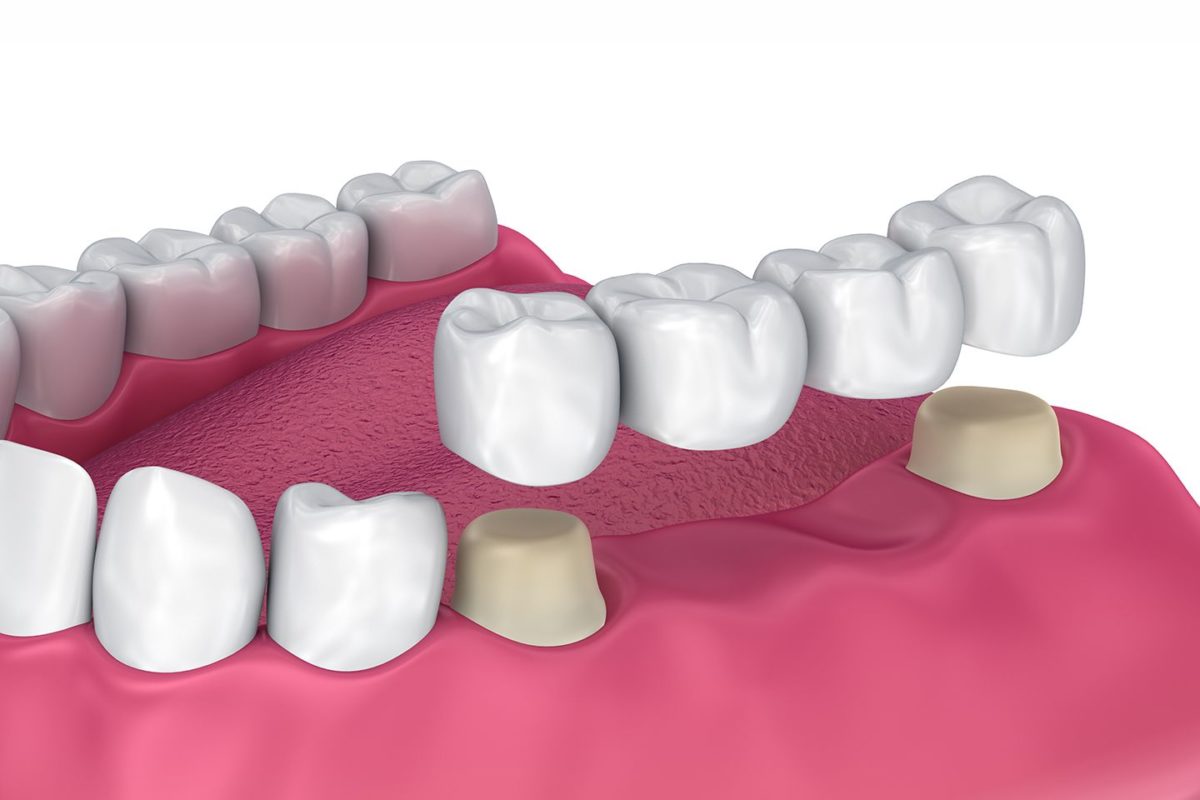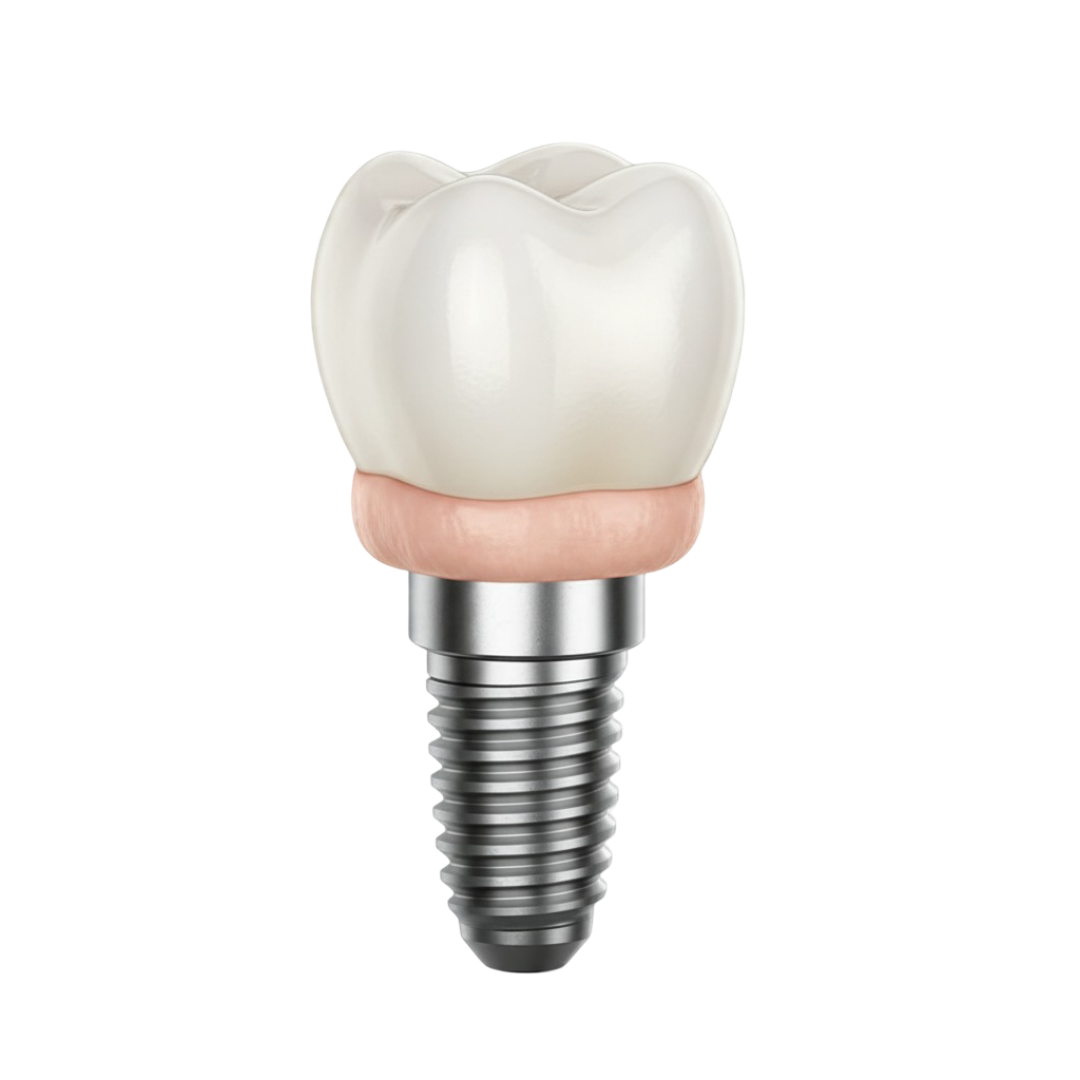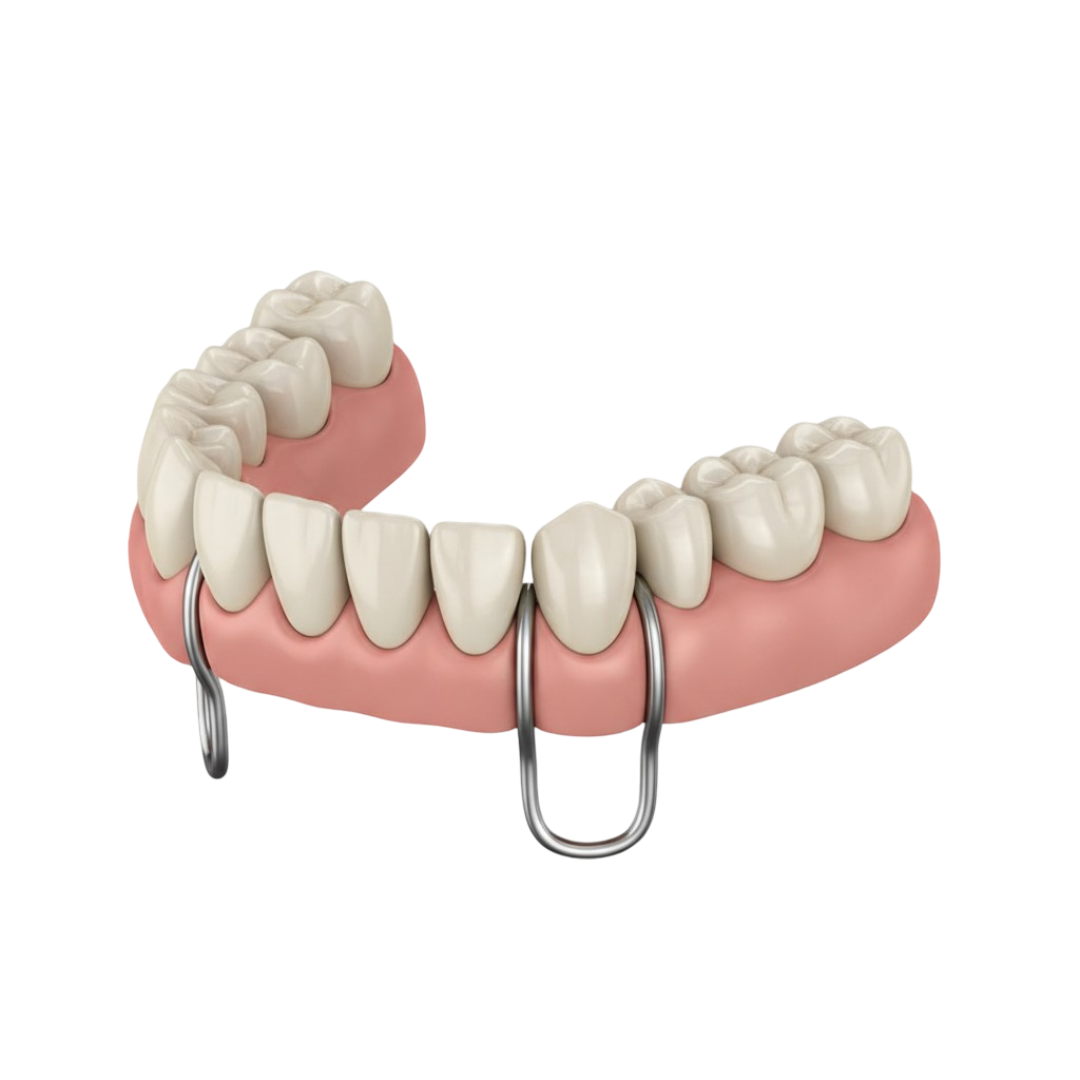Dental Bridges
Replace missing teeth with natural-looking dental bridges. Restore your smile, improve chewing function, and prevent adjacent teeth from shifting with our high-quality bridge treatments.

Benefits of Dental Bridges
Dental bridges offer a reliable solution for replacing missing teeth, restoring both function and aesthetics to your smile.
Natural Appearance
Bridges are designed to match your natural teeth in color, shape, and size.
Restore Function
Regain full chewing ability and proper speech with bridge restoration.
Prevent Shifting
Bridges prevent adjacent teeth from shifting into the empty space.
Long-lasting
Quality bridges can last 10-15 years or more with proper care.
Types of Dental Bridges
We offer various bridge options to meet your specific needs, oral health condition, and budget requirements.
Traditional Bridge
The most common type, supported by crowns on adjacent teeth.
Advantages
- Strong and durable
- Natural appearance
- Proven track record
- Good for multiple missing teeth
Considerations
- Requires altering healthy teeth
- More expensive initially
- Difficult to clean under bridge
Cantilever Bridge
Supported by a crown on only one adjacent tooth.
Advantages
- Preserves one healthy tooth
- Good for front teeth
- Less invasive than traditional
- Natural appearance
Considerations
- Less stable than traditional
- Not suitable for back teeth
- Higher stress on supporting tooth
Maryland Bridge
Bonded bridge with metal or porcelain wings attached to back of adjacent teeth.
Advantages
- Conservative approach
- Preserves tooth structure
- Less expensive
- Reversible treatment
Considerations
- Less durable
- May debond over time
- Limited to front teeth
- Visible metal wings sometimes
Implant-Supported Bridge
Supported by dental implants rather than natural teeth.
Advantages
- Preserves adjacent teeth
- Most stable option
- Easy to clean
- Prevents bone loss
Considerations
- Most expensive option
- Requires surgery
- Not suitable for all patients
The Bridge Treatment Process
Getting a dental bridge typically requires multiple visits to ensure the perfect fit, function, and natural appearance.
Initial Consultation
Comprehensive examination to determine the best bridge option for your needs.
Tooth Preparation
Adjacent teeth are prepared and shaped to accommodate the bridge crowns.
Impressions & Temporary
Detailed impressions are taken and a temporary bridge is placed.
Laboratory Fabrication
Your custom bridge is crafted in our dental laboratory.
Bridge Placement
The temporary bridge is removed and the permanent bridge is fitted and cemented.
Follow-up Care
Regular check-ups to ensure proper fit and function of your new bridge.
Are You a Good Candidate?
Dental bridges work best for certain situations. Let's determine if a bridge is the right solution for your missing teeth.
Good Candidates
- One or more missing teeth
- Healthy adjacent teeth
- Good oral hygiene habits
- Adequate bone support
- Realistic expectations
- Commitment to maintenance
May Need Alternative Treatment
- Extensive tooth loss
- Unhealthy adjacent teeth
- Poor oral hygiene
- Insufficient bone support
- Severe gum disease
- Heavy teeth grinding
Caring for Your Bridge
Proper care and maintenance will help your bridge last for many years and keep your mouth healthy.
Brush twice daily with fluoride toothpaste
Use floss threaders or water flossers to clean under the bridge
Regular dental check-ups and professional cleanings
Avoid chewing hard foods like ice or hard candy
Don't use teeth as tools
Consider a nightguard if you grind your teeth
Report any pain or sensitivity immediately
Maintain good overall oral hygiene
Frequently Asked Questions
How long do dental bridges last?
With proper care and maintenance, dental bridges typically last 10-15 years. Some bridges can last even longer with excellent oral hygiene and regular dental check-ups.
Is getting a bridge painful?
The bridge procedure is performed under local anesthesia, so you shouldn't feel pain during treatment. Some sensitivity is normal after the procedure, which can be managed with over-the-counter pain medication.
How do I clean under my bridge?
Special floss threaders, interdental brushes, or water flossers are needed to clean under the bridge. We'll show you the proper techniques during your appointment and recommend the best cleaning tools.
Bridge vs implant - which is better?
Both have advantages. Bridges are faster and less expensive, while implants preserve adjacent teeth and last longer. We'll help you choose the best option based on your specific situation, health, and preferences.
Ready to Bridge the Gap in Your Smile?
Don't let missing teeth affect your confidence or oral health. Our high-quality dental bridges can restore both function and beauty to your smile. Schedule your consultation today.
Our Other Services
Explore our comprehensive range of dental treatments

Dental Implants
Permanent tooth replacement
.png)
Root Canal
Save infected teeth
.png)
Invisalign
Clear aligners
.png)
Emergency Dental
24/7 urgent care
.png)
Dental Crowns
Restore damaged teeth
.png)
Dentures
Replace missing teeth
.png)
Veneers
Transform your smile
.png)
Dental Bridges
Fixed tooth replacement
.png)
Orthodontics
Straighten teeth
.png)
Laser Fillings
Painless fillings
.png)
Teeth Whitening
Brighten your smile
.png)
Fluoride Treatments
Preventive care
.png)
Night Guards
Protect from grinding
.png)
Wisdom Tooth Removal
Safe extractions
.png)
Complete Oral Surgeries
Advanced procedures
.png)
Inlays & Onlays
Precision restorations

RPD's (Partial Dentures)
Removable solutions
